Home>Gardening & Outdoor>Landscaping Ideas>What To Do To Grass In Spring
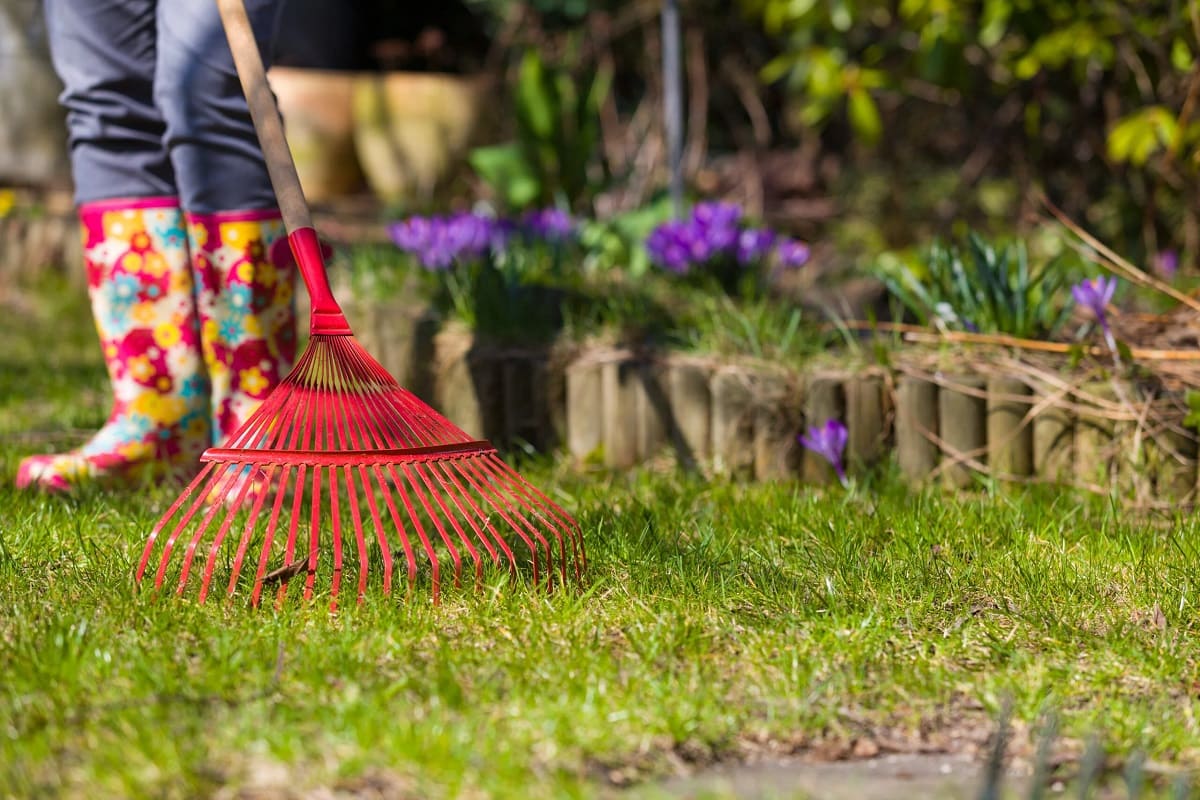

Landscaping Ideas
What To Do To Grass In Spring
Modified: March 27, 2024
Discover expert landscaping ideas for spring grass care to achieve a lush and vibrant lawn. Learn essential tips for maintaining healthy grass this season.
(Many of the links in this article redirect to a specific reviewed product. Your purchase of these products through affiliate links helps to generate commission for Storables.com, at no extra cost. Learn more)
Introduction
Welcome to the vibrant season of spring, where nature awakens from its wintry slumber, and your lawn beckons for some tender loving care. As the temperatures rise and the daylight lingers, it’s the perfect time to rejuvenate your grass and set the stage for a lush, verdant landscape. Spring is a crucial period for lawn maintenance, as it marks the beginning of the growing season and offers an opportunity to address any issues that may have emerged during the winter months.
Whether you’re a seasoned gardener or a novice enthusiast, understanding the essential tasks to undertake in the spring can make a significant difference in the health and appearance of your lawn throughout the year. From aerating the soil to mowing with precision, each step plays a vital role in nurturing your grass back to its full glory. So, let’s delve into the key actions you can take to ensure your lawn thrives during this rejuvenating season.
Key Takeaways:
- Spring is the perfect time to rejuvenate your lawn by aerating the soil, fertilizing, and controlling weeds. These practices set the stage for a lush, vibrant, and resilient landscape throughout the season.
- Proper mowing and watering techniques in spring are crucial for maintaining a healthy and visually appealing lawn. By following best practices, you can nurture a well-groomed turf that thrives and captivates the eye.
Read more: What Kind Of Fertilizer For Grass In Spring
Aerate the Soil
One of the fundamental practices for promoting a healthy lawn in the spring is soil aeration. Over time, the soil beneath your grass can become compacted, hindering the circulation of air, water, and essential nutrients to the grassroots. This compaction often occurs due to foot traffic, heavy machinery, or the natural settling of the soil. Aeration involves perforating the soil with small holes to alleviate compaction and facilitate better absorption of water and nutrients.
There are various methods for aerating the soil, including spike aerators and core aerators. Spike aerators puncture the soil with solid tines, while core aerators remove plugs of soil, allowing for deeper penetration. Both approaches can be effective, but core aeration is generally preferred as it provides more substantial benefits to the soil structure.
By aerating your lawn in the spring, you create an environment that promotes robust root growth and overall vitality. This process also enhances the effectiveness of subsequent treatments, such as fertilization and overseeding, by ensuring that the essential elements reach the grassroots more efficiently. Additionally, aeration encourages the breakdown of thatch, a layer of dead grass and organic matter that can accumulate on the soil’s surface, further supporting the health of your lawn.
When determining the ideal time for aeration, consider the type of grass in your lawn. For warm-season grasses, such as Bermuda or Zoysia, spring is an opportune time for aeration, while cool-season grasses, like Kentucky bluegrass or fescue, may benefit more from fall aeration. However, if your lawn shows signs of compaction, such as pooling water or sparse growth, spring aeration can still be beneficial.
Ultimately, soil aeration sets the stage for a thriving lawn by addressing compaction and promoting optimal conditions for root development. It’s a foundational step that can significantly impact the overall health and resilience of your grass as it embarks on its seasonal growth spurt.
Fertilize
As spring unfolds and your lawn emerges from its winter dormancy, providing the right nutrients at the right time is essential for nurturing vigorous growth and vibrant greenery. Fertilization is a key component of lawn care, as it replenishes the soil with essential elements that may have been depleted over time. By understanding the nutritional needs of your grass and selecting the appropriate fertilizer, you can set the stage for a healthy and resilient lawn.
Before applying fertilizer, it’s beneficial to conduct a soil test to assess its pH level and nutrient composition. This analysis can guide you in choosing a fertilizer with the correct balance of nitrogen, phosphorus, and potassium, as well as any additional micronutrients that may be lacking. Once you have this information, you can proceed with fertilization, keeping in mind the specific requirements of your grass type and the regional climate.
Spring is an opportune time to apply a slow-release or controlled-release fertilizer, as it provides a steady supply of nutrients to support the grass’s growth throughout the season. This type of fertilizer is particularly advantageous as it minimizes the risk of leaching and ensures that the grass receives a consistent, balanced diet over an extended period. Additionally, the nutrients in slow-release fertilizers are less susceptible to volatilization, enhancing their effectiveness.
When applying fertilizer, it’s crucial to follow the manufacturer’s instructions regarding the proper spreader settings and application rates. Over-fertilization can lead to excessive growth, making the grass more susceptible to diseases and environmental stressors. Conversely, under-fertilization may result in lackluster growth and diminished resilience. Striking the right balance is key to achieving optimal results.
By nourishing your lawn with the appropriate fertilizer in the spring, you provide the essential building blocks for robust growth, vibrant color, and improved tolerance to environmental pressures. This proactive approach not only enhances the visual appeal of your landscape but also fortifies the grass against potential challenges, setting the stage for a flourishing lawn throughout the season.
Weed Control
As the temperatures rise and the days lengthen, spring brings forth new life in your lawn – and unfortunately, that can include the unwelcome presence of weeds. Addressing weed control in the spring is crucial for maintaining the health and beauty of your grass, as invasive plants can compete with your lawn for essential resources, detract from its aesthetic appeal, and undermine its overall vigor.
When devising a weed control strategy, it’s important to identify the types of weeds present in your lawn. Broadleaf weeds, such as dandelions and clover, and grassy weeds, like crabgrass and foxtail, require different approaches for effective management. Selective herbicides can target specific types of weeds without harming the surrounding grass, making them a valuable tool in your weed control arsenal.
Early spring is an optimal time to implement pre-emergent herbicides to prevent the germination of weed seeds. These products create a barrier in the soil, inhibiting the growth of weed seedlings and thwarting their establishment. By applying pre-emergent herbicides before weed seeds sprout, you can proactively suppress weed infestations and preserve the integrity of your lawn.
For existing weeds, post-emergent herbicides can be employed to target and eliminate them. Selective herbicides are designed to eradicate specific types of weeds while safeguarding the surrounding grass, providing a targeted and efficient approach to weed control. It’s essential to follow the application instructions meticulously to ensure the desired results while minimizing any potential impact on the grass.
In addition to herbicidal treatments, maintaining a healthy lawn through proper mowing, watering, and fertilization can bolster its natural resistance to weed encroachment. A dense, well-nourished turf can outcompete weeds and create an inhospitable environment for their proliferation. Regularly removing weeds by hand or with specialized tools can also help prevent their spread and support the overall health of your lawn.
By integrating effective weed control measures into your spring lawn care regimen, you can curtail the encroachment of unwanted plants and preserve the beauty and vitality of your grass. This proactive approach sets the stage for a resilient and visually appealing lawn that flourishes throughout the season, free from the disruptive presence of invasive weeds.
In the spring, it’s important to aerate and fertilize your grass to promote healthy growth. This will help the grass recover from winter and prepare for the upcoming summer months.
Overseeding
Over time, the wear and tear of everyday activities, environmental stressors, and natural growth patterns can lead to thinning areas in your lawn. Overseeding, the process of sowing grass seed into existing turf, is a valuable technique for rejuvenating your lawn and promoting a denser, more resilient turf cover. This practice can help fill in bare patches, enhance the overall thickness of the grass, and introduce newer, more robust grass varieties to your lawn.
Spring presents an ideal window for overseeding, as the warmer soil temperatures and increased moisture create favorable conditions for seed germination and establishment. Before overseeding, it’s important to prepare the existing turf by mowing it at a lower height than usual and raking away any accumulated thatch or debris. This helps create a conducive environment for the new seeds to make contact with the soil and initiate growth.
When selecting the appropriate grass seed for overseeding, consider factors such as the existing grass species, the local climate, and the specific conditions of your lawn, such as sun exposure and soil type. Choosing a high-quality seed blend that complements your existing grass can contribute to a harmonious and visually appealing overall turf while addressing any weaknesses in the current lawn cover.
After broadcasting the grass seed over the prepared areas, gently rake the soil to ensure good seed-to-soil contact, which is essential for successful germination. It’s advisable to apply a starter fertilizer to provide the newly emerging grass with the essential nutrients needed for healthy establishment. Adequate watering is also crucial during the overseeding process to keep the soil consistently moist and support the germination and early growth of the new grass.
Overseeding not only improves the aesthetic appeal of your lawn by filling in sparse areas and enhancing its lushness but also contributes to its resilience by introducing newer grass varieties that may offer improved disease resistance, drought tolerance, or other desirable traits. This approach can help revitalize your lawn, creating a more robust and visually pleasing turf that can better withstand the rigors of the upcoming season.
Watering
As the spring season unfolds and the sun’s warmth returns, the proper management of water becomes essential for nurturing a healthy and vibrant lawn. Adequate watering is crucial for supporting the growth and vitality of your grass, especially as it emerges from its winter dormancy and embarks on a period of active growth. By understanding the principles of effective watering and tailoring your approach to the specific needs of your lawn, you can foster a resilient and visually appealing turf throughout the season.
One of the key considerations in spring watering is the timing of the irrigation. It’s advisable to water your lawn in the early morning, as this allows the grass blades to dry off during the day, reducing the risk of fungal diseases. Watering in the evening or at night can lead to prolonged leaf wetness, creating a more favorable environment for fungal pathogens to thrive. Additionally, watering during the cooler morning hours minimizes water loss through evaporation, maximizing the efficiency of irrigation.
When determining the frequency and duration of watering, consider factors such as the soil type, grass species, weather patterns, and any recent rainfall. It’s important to provide deep, infrequent waterings that encourage the development of robust root systems. Shallow, frequent watering can promote shallow root growth, rendering the grass more susceptible to drought stress and environmental fluctuations.
Observing the signs of moisture stress in your lawn, such as wilting or discoloration, can guide you in adjusting your watering regimen to meet the grass’s needs. However, it’s crucial to strike a balance, as overwatering can lead to waterlogged soil, reduced oxygen availability to the roots, and increased vulnerability to pests and diseases. Conversely, underwatering can result in stunted growth, decreased resilience, and a lackluster appearance.
Utilizing tools such as rain gauges and soil moisture meters can aid in gauging the effectiveness of your watering practices and making informed adjustments as needed. These tools can provide valuable insights into the moisture levels in your lawn, helping you optimize your watering schedule and conserve water while promoting the health of your grass.
By implementing a thoughtful and tailored approach to spring watering, you can provide your lawn with the essential moisture it needs to thrive, establishing a foundation for lush growth, vibrant color, and overall resilience. This proactive approach can contribute to the long-term health and beauty of your landscape, creating an inviting and visually captivating outdoor environment.
Mowing
As the spring season unfolds and your lawn awakens from its winter slumber, the proper mowing practices play a pivotal role in maintaining its health, vigor, and visual appeal. Mowing is not merely a routine chore; it is a fundamental aspect of lawn care that directly impacts the growth patterns, resilience, and overall aesthetics of your grass. By adopting the right mowing techniques and adhering to best practices, you can nurture a lush, well-groomed lawn that thrives throughout the season.
One of the primary considerations in spring mowing is setting the appropriate mowing height for your grass. Different grass species have specific height requirements, and adjusting the mowing height based on the type of grass in your lawn can significantly influence its health and appearance. Taller mowing heights promote deeper root growth, enhance drought tolerance, and discourage weed establishment, contributing to a more robust and visually appealing turf.
Before you embark on your spring mowing regimen, it’s beneficial to inspect and sharpen your mower blades. Dull blades can tear and damage the grass, leading to a frayed appearance and increased susceptibility to stress and diseases. Sharp blades, on the other hand, create clean cuts that promote a neater, healthier lawn. Regular blade maintenance is essential for achieving professional-looking results and supporting the overall well-being of your grass.
When mowing your lawn, it’s advisable to follow the “one-third rule,” which recommends removing no more than one-third of the grass blade’s height in a single mowing session. This approach helps avoid stressing the grass and encourages a more even and consistent growth pattern. Additionally, leaving the grass clippings on the lawn, known as grasscycling, can provide valuable nutrients to the soil and contribute to the overall health of your turf.
Adjusting the mowing frequency based on the grass’s growth rate and the season’s weather conditions is crucial for maintaining an optimal lawn height. During periods of active growth in the spring, you may need to mow more frequently to keep the grass at the desired height. However, it’s important to avoid mowing when the grass is wet, as this can lead to clumping, uneven cuts, and the spread of fungal diseases.
By approaching spring mowing with attentiveness and precision, you can cultivate a well-manicured lawn that exudes vitality and charm. These conscientious practices not only enhance the visual appeal of your landscape but also contribute to the long-term health and resilience of your grass, creating an inviting outdoor space for relaxation and enjoyment.
Conclusion
As the rejuvenating embrace of spring breathes new life into your outdoor spaces, the care and attention you invest in your lawn during this pivotal season can yield enduring rewards. From nurturing the soil to promoting healthy growth and resilience, the essential practices of spring lawn maintenance set the stage for a vibrant and inviting landscape that beckons for leisurely strolls and outdoor gatherings.
Aerating the soil lays the groundwork for robust root development and optimal nutrient absorption, fostering a strong foundation for your grass’s seasonal growth. Fertilizing your lawn replenishes essential nutrients, nurturing lush greenery and fortifying the grass against environmental stressors. Implementing effective weed control measures curtails the encroachment of invasive plants, preserving the integrity and beauty of your lawn.
Overseeding breathes new vitality into your turf, filling in sparse areas and enriching the overall density and resilience of your grass. Thoughtful watering practices sustain the health and vigor of your lawn, fostering a lush and vibrant landscape that captivates the eye. Mowing with precision and care nurtures a well-groomed lawn, promoting even growth and a polished appearance that enhances the allure of your outdoor environment.
As you embark on your spring lawn care journey, remember that each task contributes to the holistic well-being of your grass, creating an environment where nature’s beauty unfolds in every blade. By infusing your lawn care regimen with knowledge, attentiveness, and a touch of artistry, you can cultivate a landscape that invites admiration and evokes a sense of tranquility and delight.
Embrace the unfolding season with a spirit of stewardship and creativity, tending to your lawn with the care and dedication it deserves. In doing so, you’ll not only nurture a thriving and resilient landscape but also create a haven of natural beauty that enriches your outdoor experiences and leaves a lasting impression on all who behold it.
Frequently Asked Questions about What To Do To Grass In Spring
Was this page helpful?
At Storables.com, we guarantee accurate and reliable information. Our content, validated by Expert Board Contributors, is crafted following stringent Editorial Policies. We're committed to providing you with well-researched, expert-backed insights for all your informational needs.
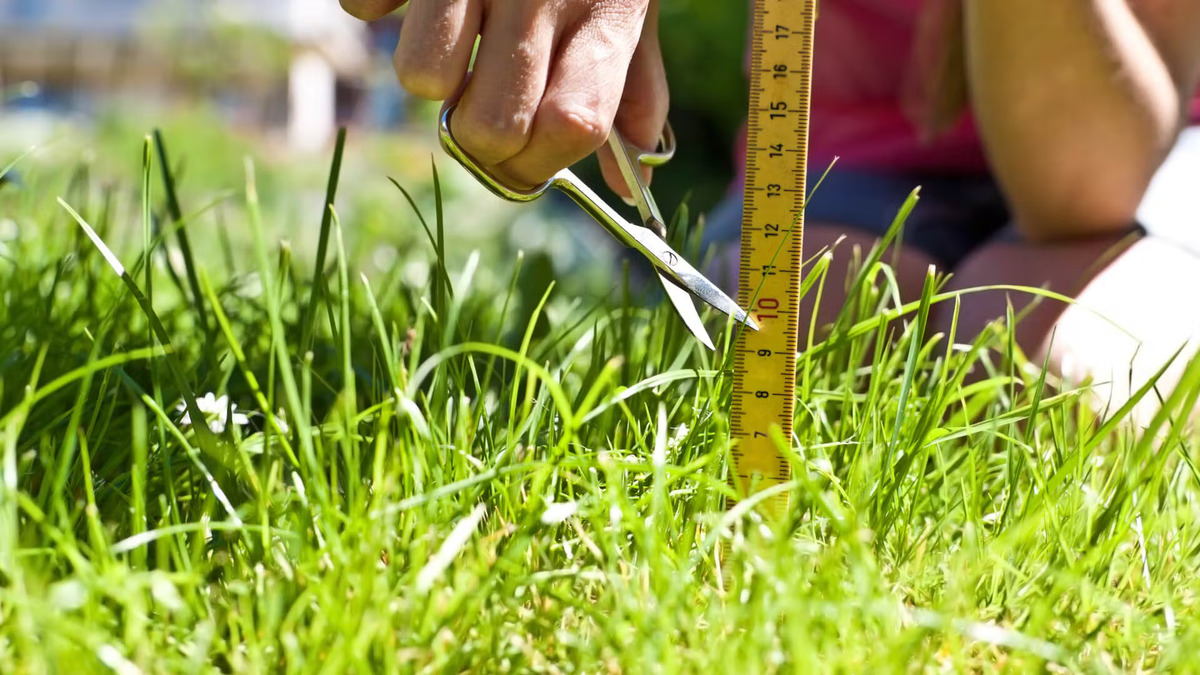

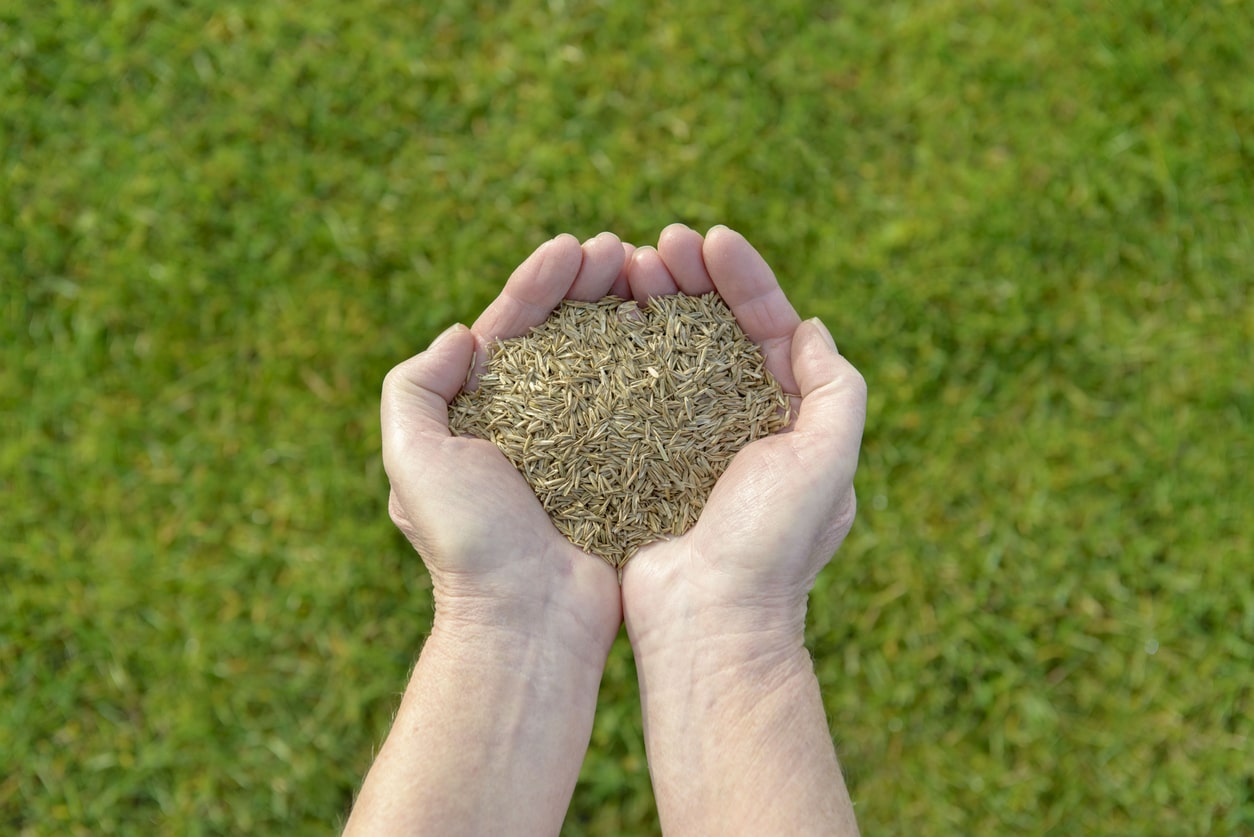

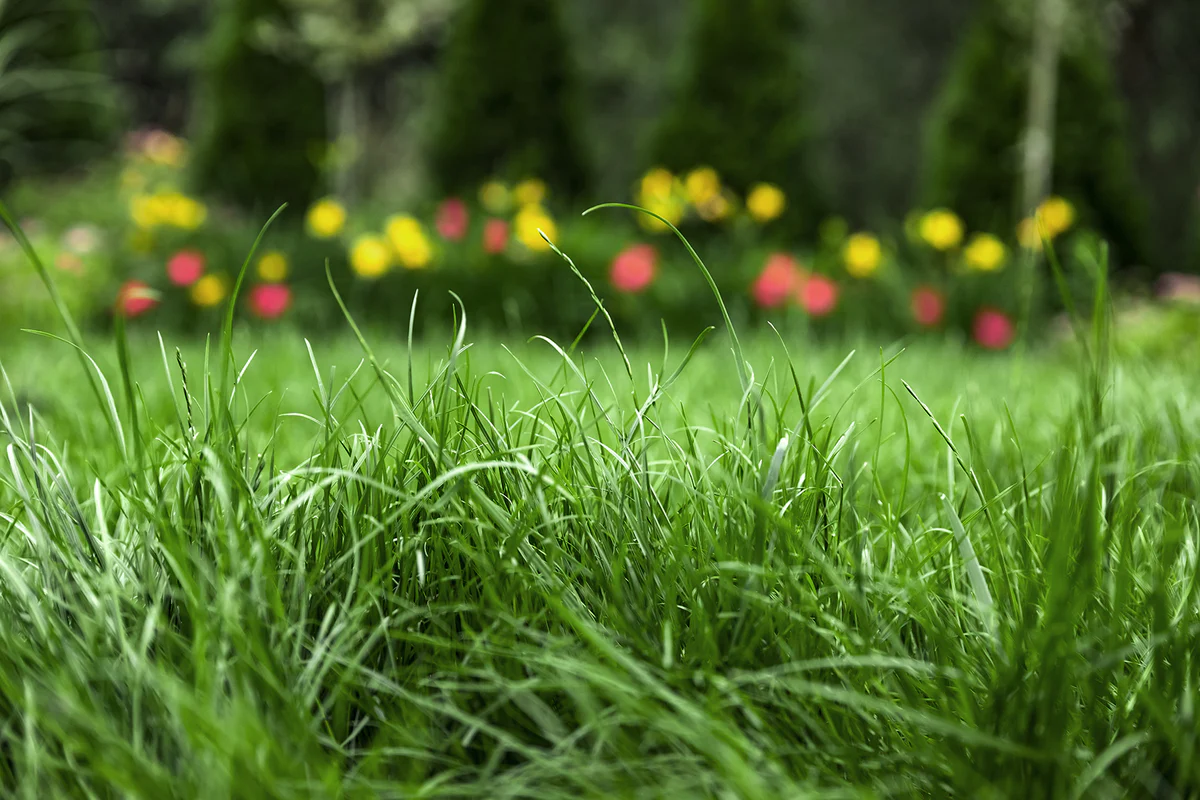
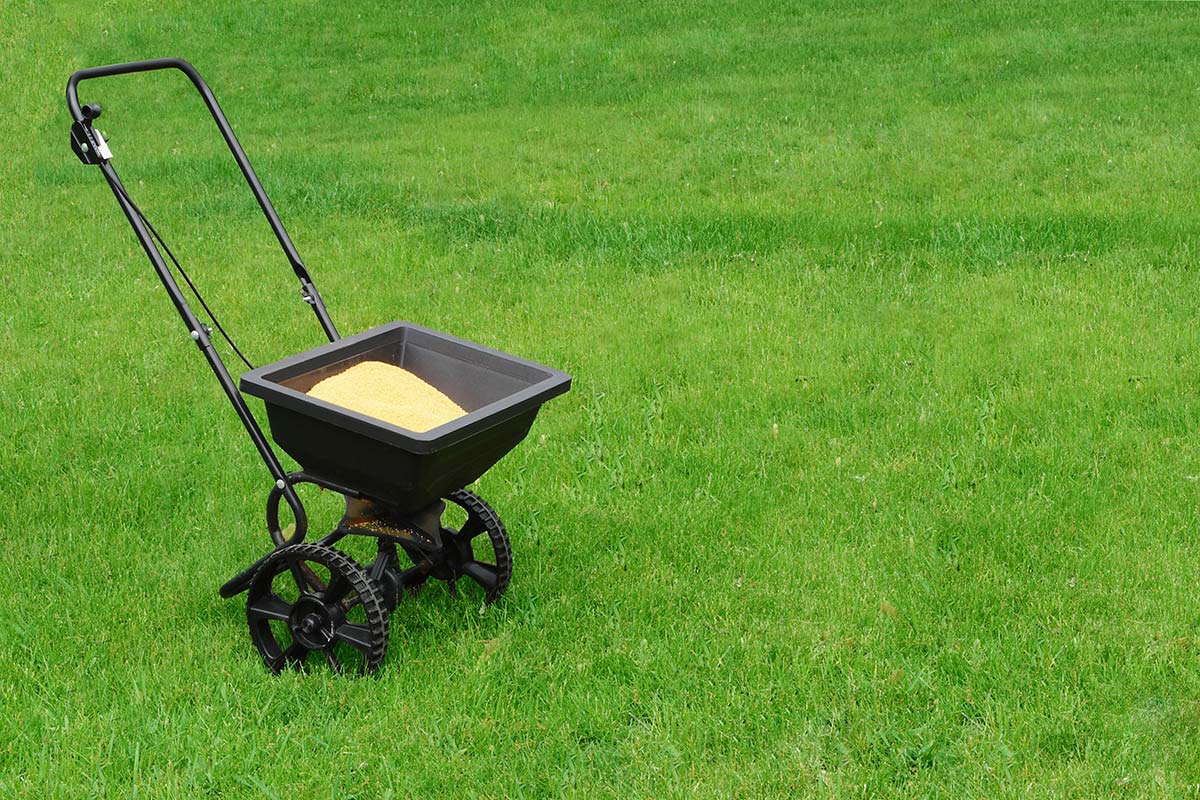
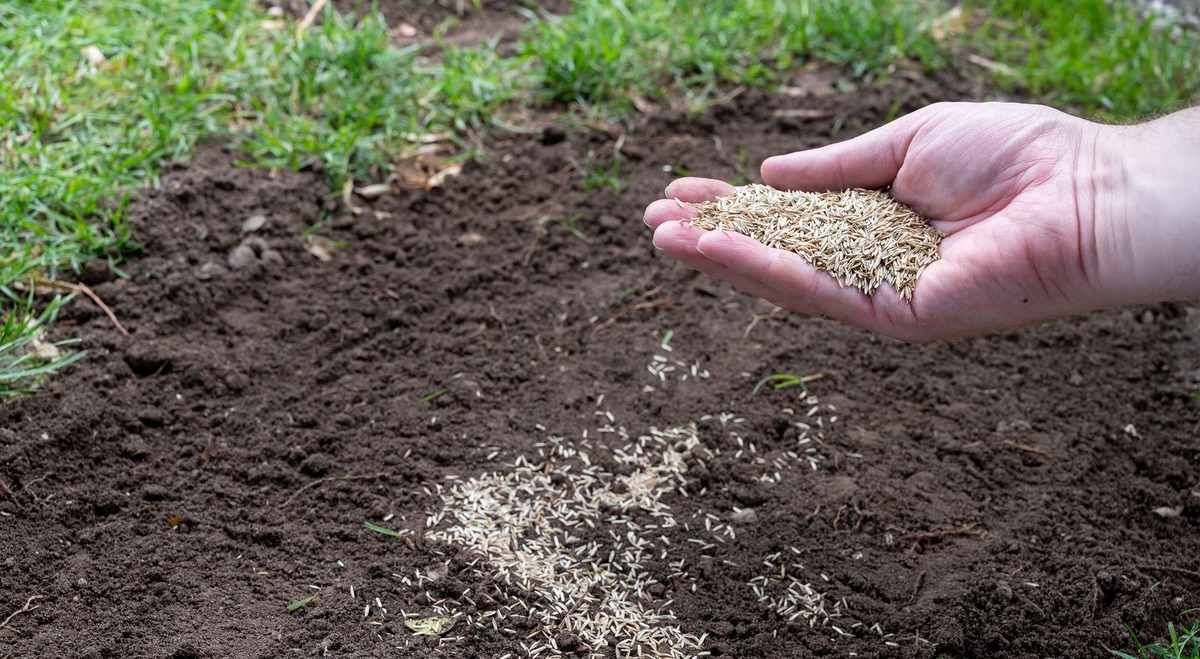
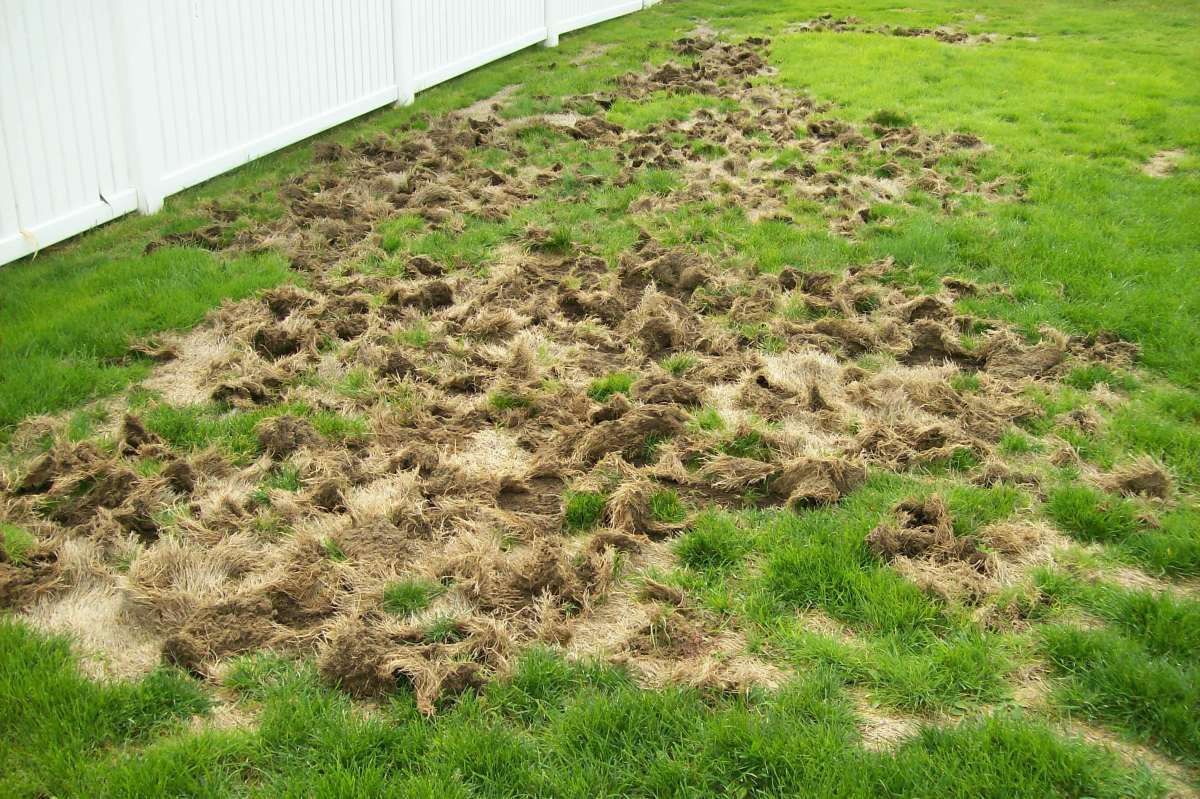
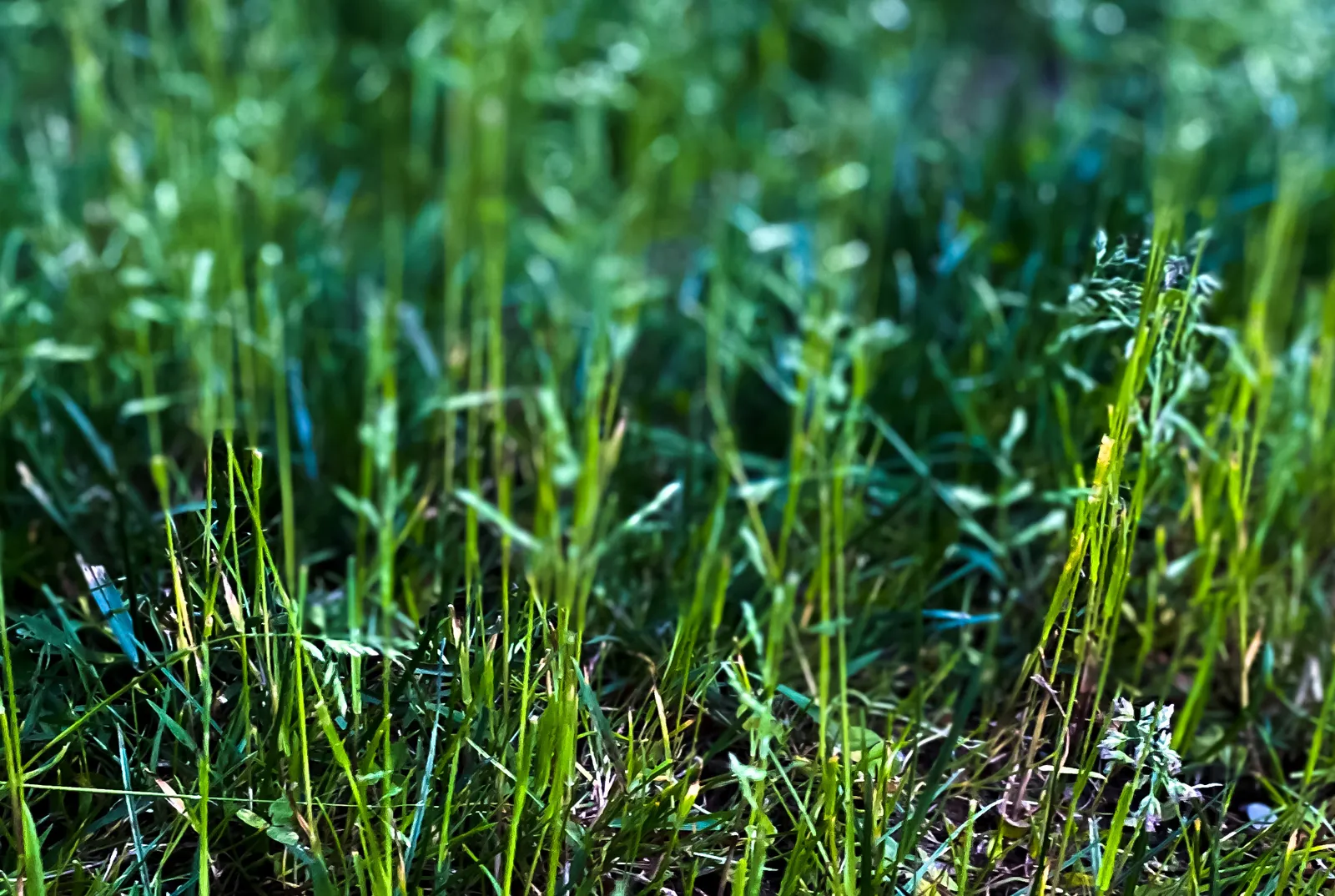
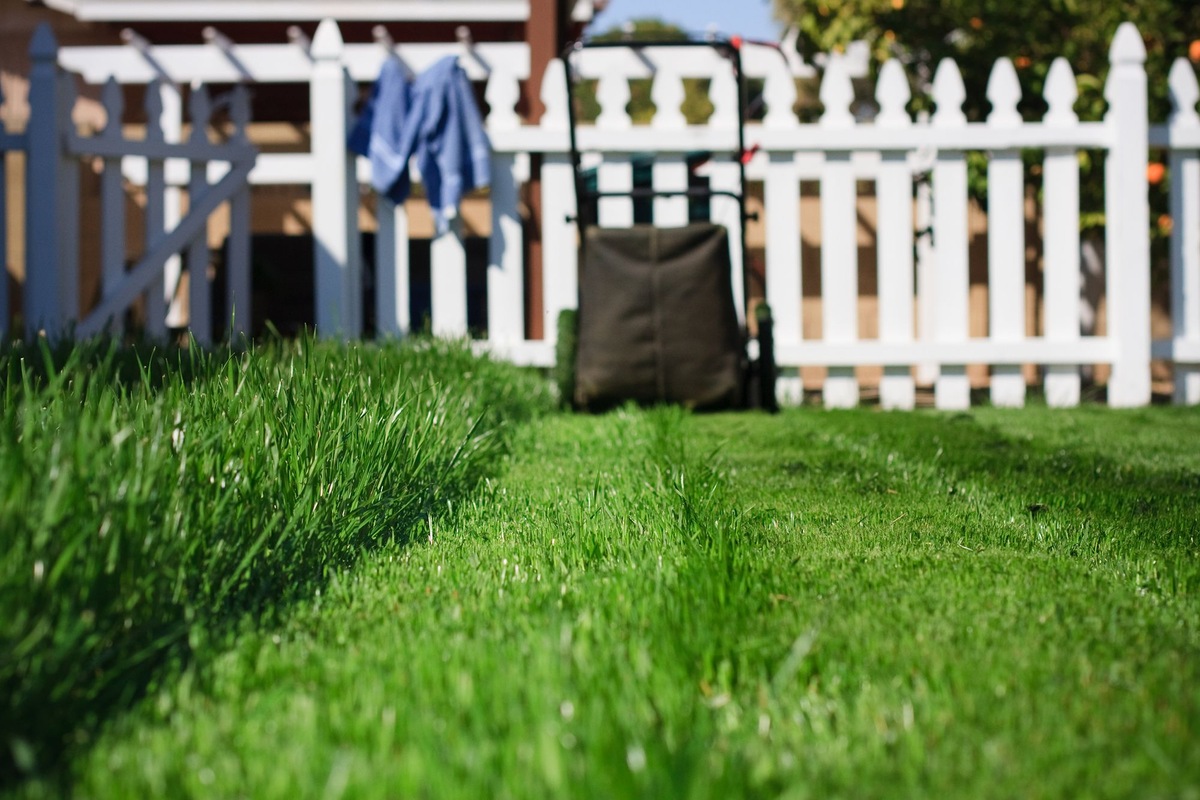
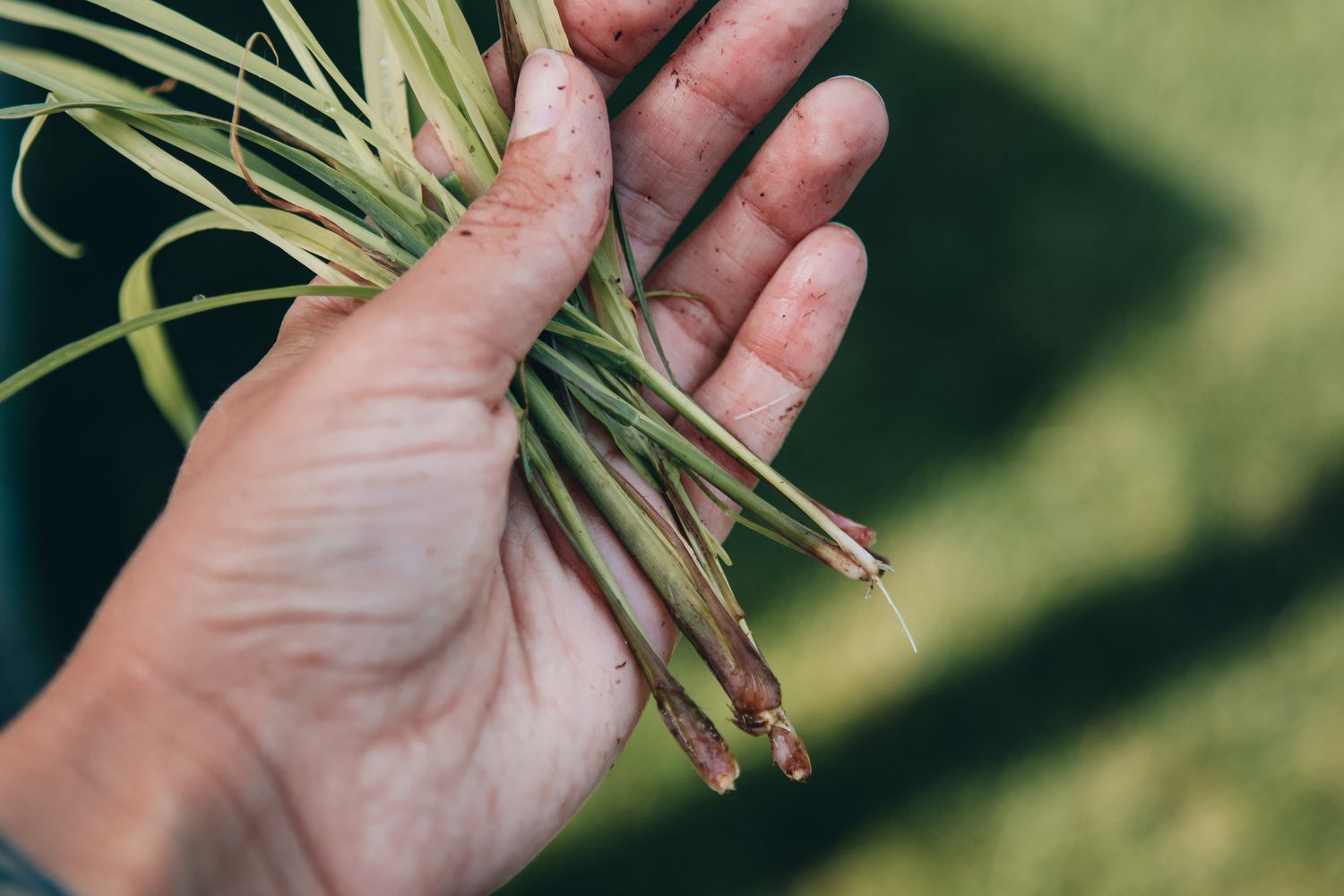

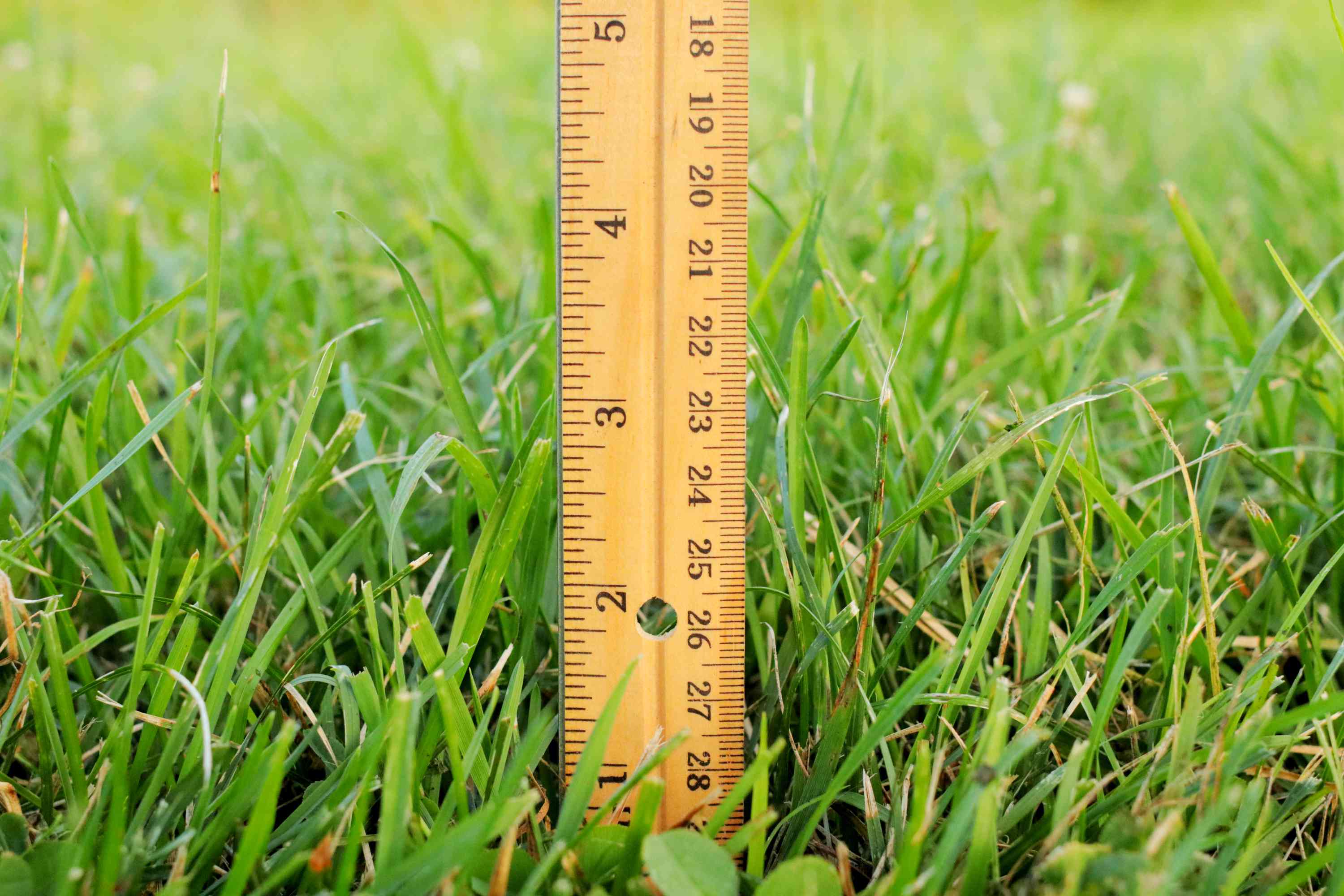
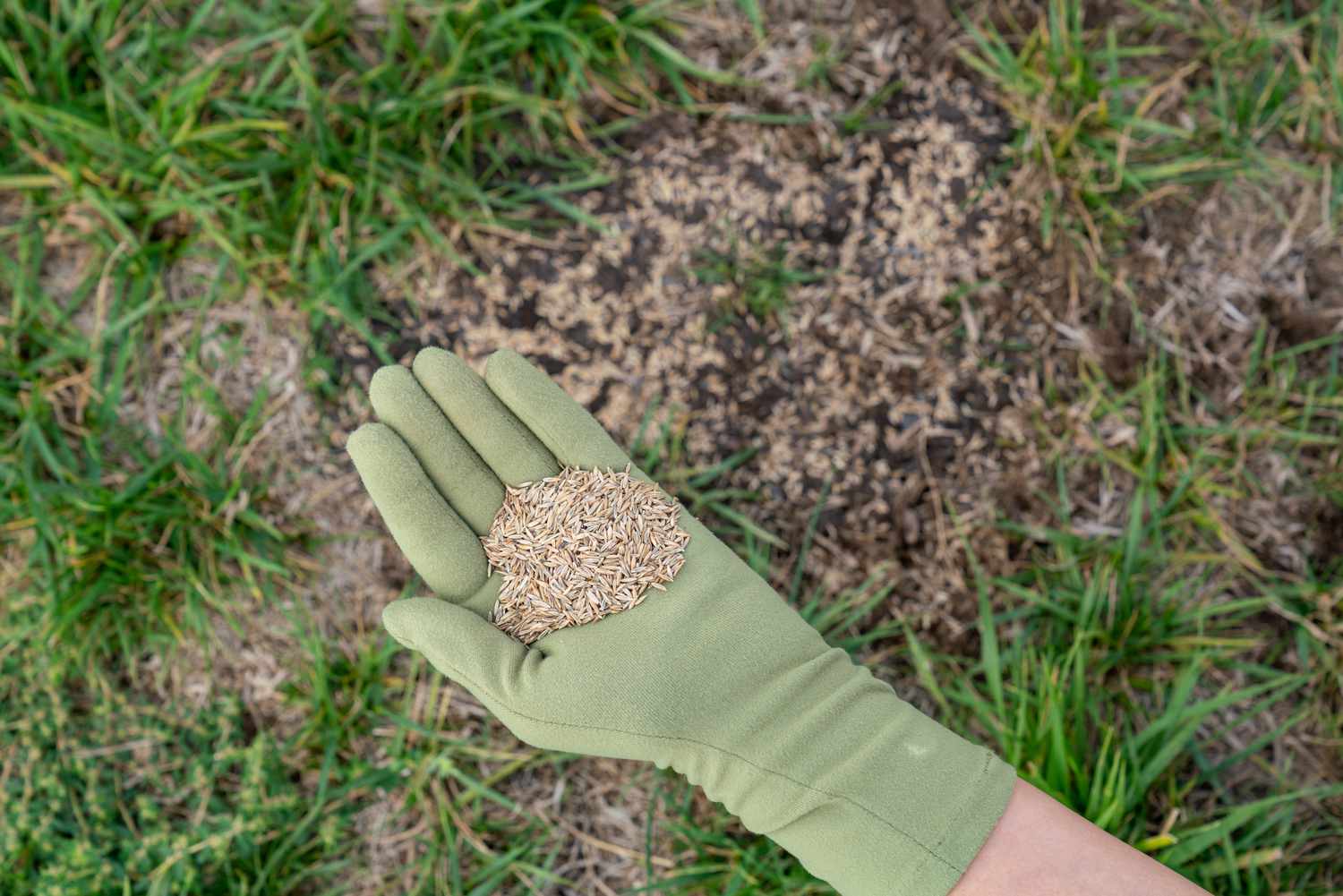

0 thoughts on “What To Do To Grass In Spring”